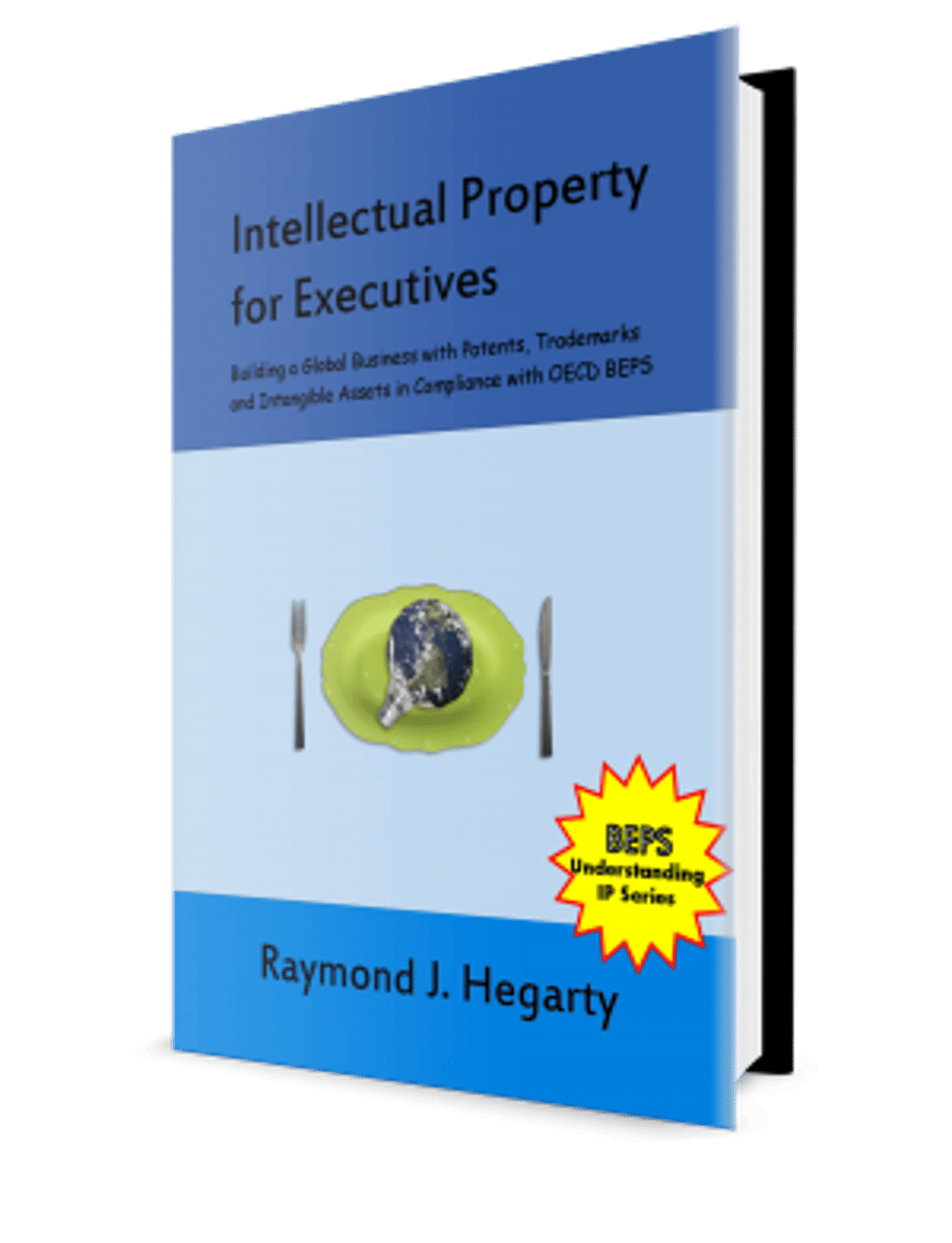Intellectual Property for Executives:
Building a Global Business with Patents, Trademarks and Intangible Assets in Compliance with OECD BEPS
Whether you are a corporate executive, international policy maker or motivated student, “Intellectual Property for Executives” will help you grasp an exciting area that continues to evolve.
Intangible assets encompass formal intellectual property (IP) such as patents, trademarks, copyright and trade dress and other sources of corporate value such as trade secrets, knowhow and reputation. Together they represent an emerging asset class with unlimited opportunity, but also with so many gaps:
In multinational corporations and innovative firms, enterprise value has become more than 80% intangible, but management techniques, accounting principles and tax rules were all developed in an era when a firm’s value was driven by tangible assets such as land, buildings and machinery.
Large firms have become proficient at playing the game of moving intangible assets to offshore locations, thereby reducing their tax bills. Indeed, in some industries, tax strategy has become a primary tool of competition. Governments have scrambled to catch up and ensure that taxes are collected fairly.
In 2017, the OECD base erosion and profit shifting (BEPS) action plan was implemented in a multilateral instrument by more than 70 countries, and corporate tax departments are now trying to figure out how to establish “intangible substance” to match their choice of domicile for their IP holdings.
“Intellectual Property for Executives” is for people who live in those gaps. It is also for executives who are looking for an overview of how to make sense of it all.
The book is organised in three sections.
The first part sets the scene – a quick history of IP systems, how IP got on the executive agenda, USA public policy regarding IP and a special chapter on the growth of China as an IP power.
The middle part speaks about the taxation of intangibles, double taxation treaties and introduces the concept of “substance” in intellectual property business.
The final section puts it all together with guidance on how to build “substance” into corporate governance, local leadership, value-creating DEMPE activities, building local capabilities and conducting an IP audit.
Intangible value in has already established its dominance in enterprises. With further growth in autonomous vehicles, VR, AR, 3-D printing, artificial intelligence, blockchain, big data and robots, it will become even more important to master intellectual property and intangible value.
